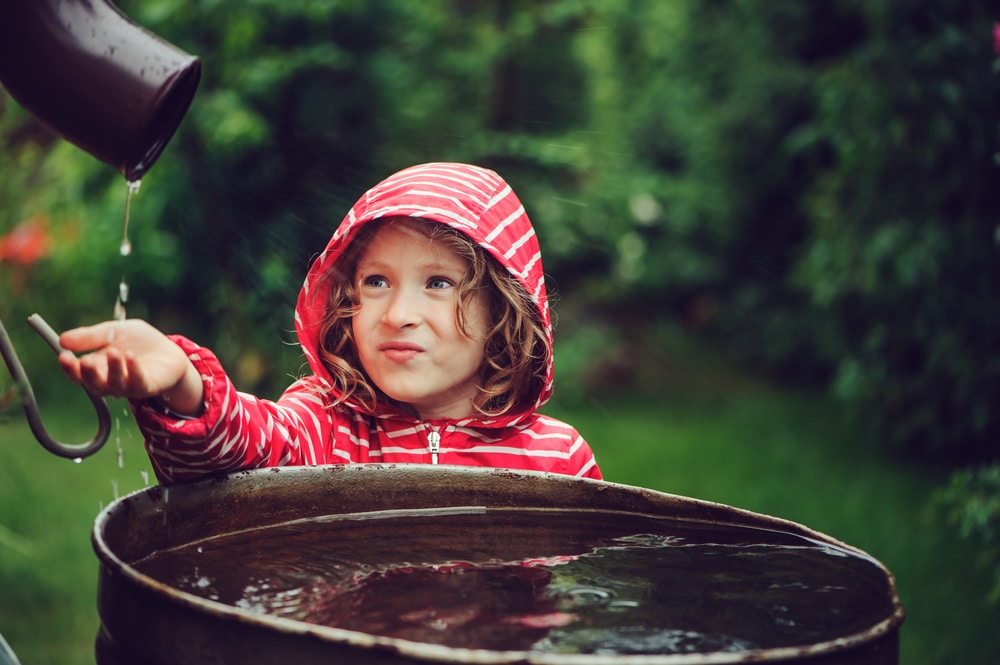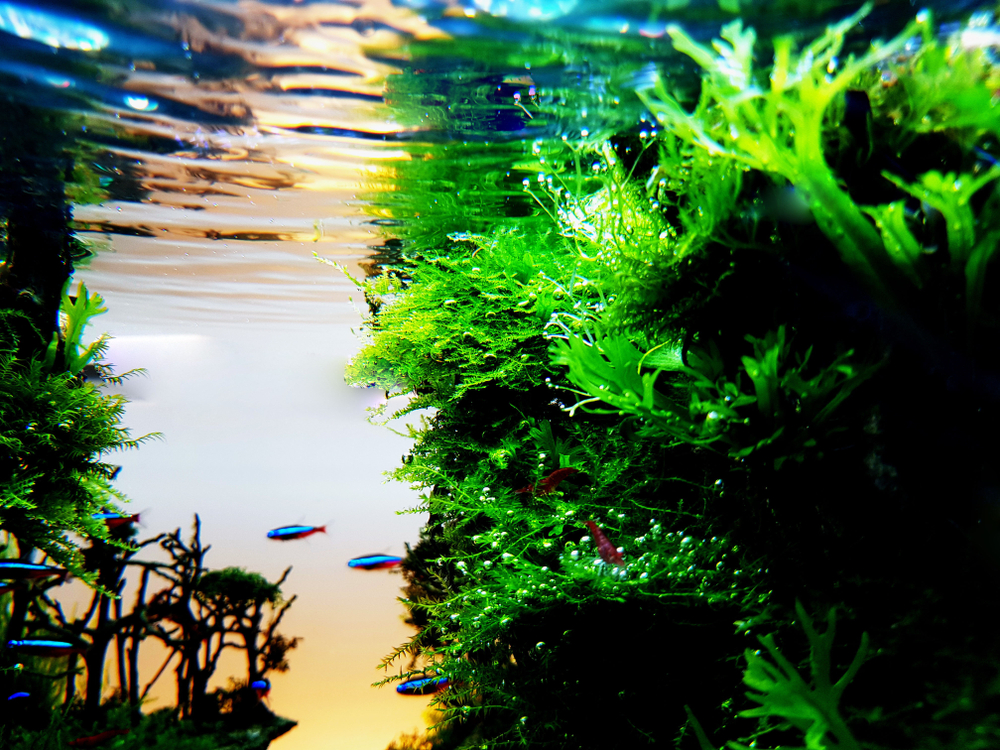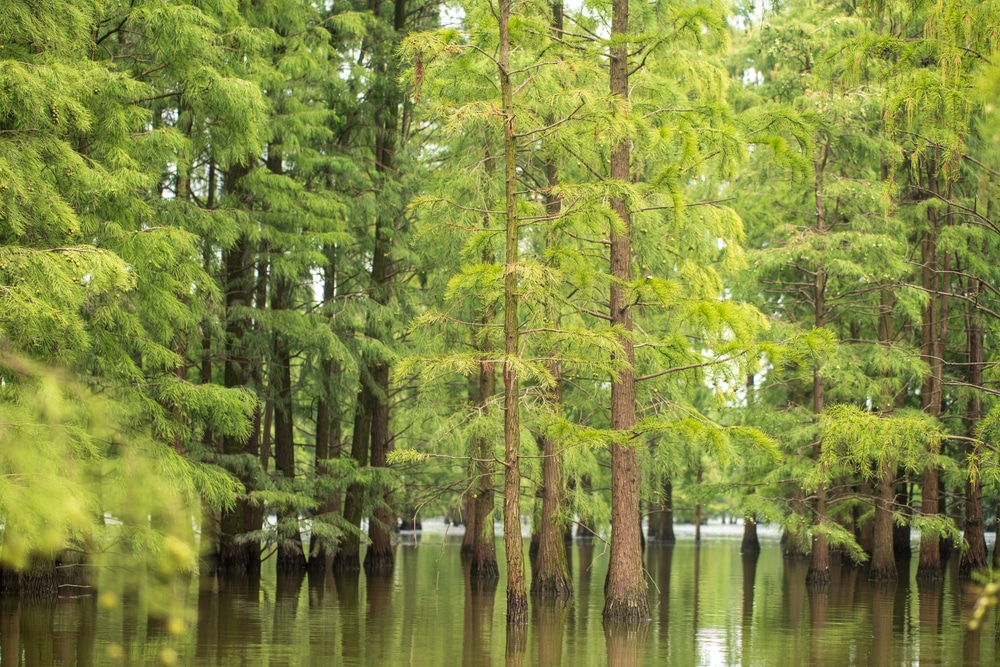Understanding Illinois Climate and Water Resources
Illinois boasts a diverse climate, which varies significantly from north to south. Your gardening efforts must harmonize with these climatic conditions to promote water conservation and a healthy garden ecology.
Northern Illinois: The northern region typically experiences cooler temperatures than the rest of the state.
Winter can be harsh, meaning you need hardy plants that can withstand lower temperatures.
Prepare for this with suitable water-wise plants that require less hydration during dormant seasons.
Central Illinois: A moderate climate with both cold winters and warm summers is characteristic of the central area.
Your gardening strategy here should focus on versatile plants that can cope with significant temperature swings.
Southern Illinois: With milder winters and hotter summers, this area enjoys a longer growing season.
Water-wise gardening here implies choosing plants that not only handle the heat but also make do with less water, reducing strain on water resources.
Water Resources in Illinois:
- Rainfall: Average annual precipitation varies, with southern Illinois receiving more than the north.
Collect rainwater through a system of barrels to minimize dependency on municipal water.
- Rivers and Lakes: The state is blessed with abundant water bodies, but remember, responsible gardening contributes to maintaining these ecosystems free from nutrient pollution.
- Aquifers: A significant part of Illinois’ water comes from underground aquifers. Water-wise gardening helps ensure these sources remain uncontaminated and sustainable.
| Season | Suggested Water-Wise Practice |
|---|---|
| Spring | Plant drought-tolerant natives |
| Summer | Apply mulch to retain moisture |
| Autumn | Harvest rainwater |
| Winter | Protect perennials with covers |
Designing Your Water-Wise Garden
Crafting a water-wise garden in Illinois requires understanding your environment and using resources efficiently.
Begin with assessing your site to tailor it ecologically, then move on to choosing plants that thrive with less water, and finally apply irrigation techniques that conserve.
Site Assessment and Planning
Begin with a thorough site assessment to identify areas of full sun, partial shade, and full shade.
Note the topography—elevated areas tend to dry out faster while depressions may retain moisture.
Your planning should include:
- Soil Analysis: Test your soil for type, pH, and drainage capabilities.
- Sunlight Patterns: Map out sunlight exposure throughout your garden.
- Zoning: Create zones based on water needs—group plants with similar requirements together.
Selecting Drought-Resistant Plants
Choose native Illinois plants for a lower-maintenance, environmentally integrated garden. These plants have adapted to local conditions and usually require less water.
Consider these drought-resistant options:
- Perennials: Coneflower, Black-eyed Susan, and Sedum
- Shrubs: Serviceberry, Witch Hazel, and Juniper
- Grasses: Little Bluestem and Prairie Dropseed
Note: Deep-rooted plants often exhibit better drought tolerance.
Irrigation and Water Conservation Techniques
Efficient water use is essential in a water-wise garden. Here are some methods to keep your garden healthy while conserving water:
- Mulching: Apply a 2-3 inch layer of organic mulch like hardwood chips or leaf mold to minimize evaporation.
- Drip Irrigation: Install a drip system to target the root zones and reduce water wastage.
- Rain Barrels: Collect rainwater from downspouts to irrigate your garden.
Tip: Water in the early morning or late evening to reduce evaporation.
Maintaining Your Garden
Effective garden maintenance ensures the longevity and vitality of your plants. Focusing on soil health and addressing pests and weeds efficiently can lead to a thriving water-wise garden.
Soil Health and Mulching
Soil Health:
Healthy soil is the foundation of a water-wise garden. Your goal should be to maintain soil structure and fertility.
Integrate organic matter such as compost to improve soil texture and water retention.
Carry out soil tests annually to have a clear understanding of your soil’s nutrient levels and pH, then adjust accordingly.
Mulching:
Applying a layer of mulch around your plants can help conserve moisture, suppress weeds, and regulate soil temperature.
- Types of Mulch:
- Organic mulch (e.g., bark, straw)
- Inorganic mulch (e.g., stones, black plastic)
- Benefits:
- Moisture retention: Keeps water in the soil longer.
- Weed control: Reduces weed germination and growth.
- Temperature control: Insulates plant roots from temperature extremes.
Pest and Weed Management
Pests:
Regular inspection of your plants is essential to identify any pest activity early.
If you notice harmful insects, consider non-chemical treatments such as handpicking or water sprays to remove pests.
Introduce beneficial insects, like ladybugs, that prey on common garden pests.
Weed Control:
A proactive approach to weed management saves time and water resources.
Pull weeds before they seed to minimize future growth.
Use barriers and pre-emergent herbicide options if necessary, always favoring environmentally friendly choices.
- Strategies for natural weed suppression:
- Dense planting to leave no room for weeds
- Using ground covers that compete with weeds
- Applying a thick layer of mulch to inhibit weed germination
Harvesting Rainwater
Embrace innovative techniques to collect rainwater, essential for maintaining your garden sustainably while conserving precious water resources.
Rain Barrels and Cisterns
Rain barrels are a cost-effective solution for capturing rainwater from your rooftop.
With a simple setup involving gutters and downspouts, a rain barrel positioned beneath a downspout can accumulate substantial amounts of water during rainfall. Here’s a quick guide to get you started:
- Choose your barrel: Pick a barrel that is durable, opaque, and has a secure lid to keep out debris and prevent mosquitoes from breeding.
- Positioning: Install the barrel on a stable, elevated platform near a downspout for optimal water pressure and to facilitate easy access to the spigot.
- Overflow: Plan for excess water by attaching an overflow hose to direct the surplus away from your home’s foundation.
- Usage: Use a hose or watering can to distribute the collected water throughout your garden, particularly during dry spells.
Cisterns, larger than barrels, can be installed above or below ground and are ideal for those who require a greater volume of stored rainwater.
They often come with more complex systems, including filters and pumps to ensure a cleaner water supply for garden irrigation.
Building Rain Gardens
Creating a rain garden allows you to harness the natural flow of rainwater, providing a habitat for local wildlife and alleviating water runoff issues. Successfully establishing a rain garden involves a few critical steps:
- Location: At least 10 feet away from your home’s foundation to prevent water damage and ideally situated downstream from common runoff areas.
- Size and Depth: Generally, a rain garden is sized to the area it needs to drain and should be shallow enough to allow water to be absorbed within 24 hours.
- Soil and Plants: Utilize native plants that are accustomed to local conditions and can thrive in both wet and dry environments. Amend your soil as necessary to improve drainage and support plant life.
Remember to always call your local utility locator service before digging to ensure you avoid underground utilities.
Frequently Asked Questions
In this section, you’ll find targeted answers to commonly asked questions about water-wise gardening in Illinois. These are curated to enhance your understanding and help you make educated decisions for a thriving, sustainable garden.
What are the best Midwest rain garden plants?
For a Midwest rain garden, you’ll want species that thrive in variable moisture conditions. Consider planting Swamp Milkweed, Blue Flag Iris, or Cardinal Flower for their adaptability and aesthetic appeal in your rain garden.
Where can I find rain garden design templates?
Rain garden design templates can be found through local extension services, such as the University of Illinois Extension. They offer guidance and pre-designed templates suited for Illinois climate and soil conditions.
Which plants are suitable for Zone 5 rain gardens?
In Zone 5, you have a wide selection of suitable plants for rain gardens. Black-eyed Susan, Coneflowers, and Blue Vervain are excellent choices for their ability to withstand the zone’s temperature variations and moisture levels.
Are there any native plants recommended for rain gardens?
Yes, native plants are highly recommended for rain gardens due to their ecological benefits and low maintenance requirements. Prairie Blazing Star and Joe-Pye Weed are native to Illinois and perform well in rain garden settings.
What is the recommended watering frequency for gardens in Illinois during summer?
During the summer in Illinois, gardens typically require about 1 to 1 ½ inches of water every 7 to 10 days.
This ensures that the plants receive enough moisture without overwatering.
Is morning or evening watering more effective for garden health?
Morning watering is generally more effective for garden health. It reduces the risk of disease by allowing foliage to dry quickly. It also minimizes water loss due to evaporation.
Evening watering may increase the likelihood of plant diseases due to prolonged moisture on the leaves and stems overnight.


